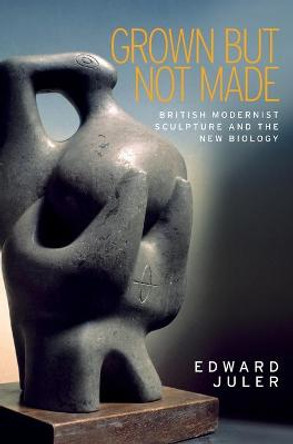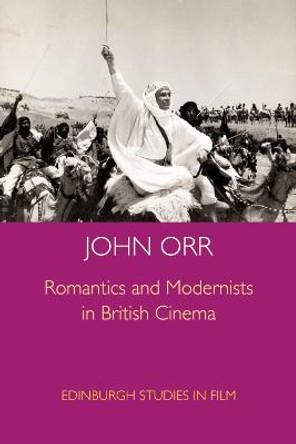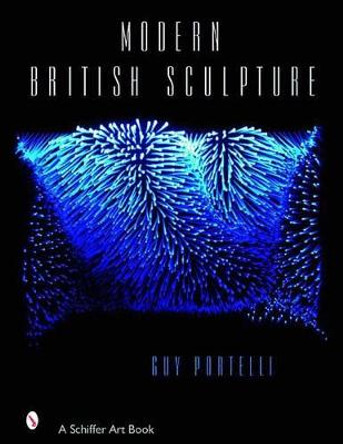Description
About the Author
Edward Juler is Lecturer at Newcastle University
Reviews
'This thought-provoking and original study reveals the ways in which scientific discussions in biology informed conceptions of sculptural form in 1930s Britain. It enables us to see the organic and nature-inspired configurations of modern sculpture with fresh eyes, as life forces played out in space and time. Analysing in detail the broader cultural context of the production of form in nature in this period, Juler provides close readings of key concepts in biological thinking and practice, such as morphology, embryology, organicism and microphotography, showing their crucial impact on artistic and cultural discourse.'
Julia Kelly, Loughborough University
'In Grown But Not Made: British Modernist Sculpture and the New Biology, Juler [...] truly captures the exciting cultural crosspollination at work in 1930s Great Britain, connecting, for example, the extraordinarily talented creator and editor of the avant-garde journal Axis Myfanwy Piper, Neo-Constructivism, and the biologistic mindset cultivated in H. G. Wells and Julian Huxley's collaboratively written book of 1938, The Science of Life-a nexus of forces which materialized in the beautiful garden suburb of London that is Hampstead [...] Juler's book is all about loving science, at least in the popular realm, and its coexistence and mixing with art during the 1930s. His is what Bloom called "a profound act of reading that is a kind of falling in love with a literary work.'
Charissa N. Terranova, Athenaeum Review, Issue 1 (Fall 2018)
'The sinuous organic forms in the sculpture of Barbara Hepworth, Henry Moore and others are often tied to vague conceptions of Biology; however, few have embarked on the subject with the level of scienti?c speci?city that Edward Juler does in his book Grown But Not Made [...] Through the author's con?dent explanations of the scienti?c factions at play - something of a rarity in art historical accounts of bio-centricity - he weaves a comprehensive picture of the biological foundations that underpin the conceptual frameworks of artists and critics in the interwar period.'
Rachel Stratton, Sculpture Journal, Vol. 27, No. 3 (2018)
Book Information
ISBN 9781526106537
Author Edward Juler
Format Paperback
Page Count 256
Imprint Manchester University Press
Publisher Manchester University Press
Weight(grams) 572g
Dimensions(mm) 240mm * 170mm * 18mm








